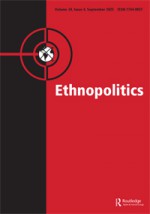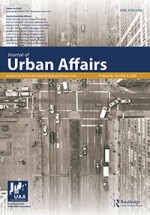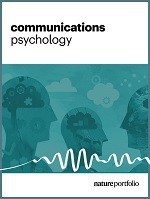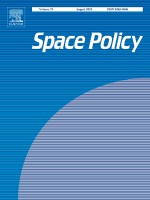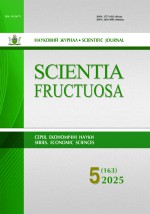‘Living Between Here and There’: Trans-Local Coping with Urban Marginality among Internally Displaced Persons in Urban Ethiopia

Internally displaced persons (IDPs) in urban areas experience spatial, social and symbolic marginality because of interactions between the processes of displacement and the socio-spatial contexts in which they are relocated. While an increasing body of research has highlighted the agentic possibilities of urban margins, little is known about IDPs’ coping practices beyond the urban contexts that produce their marginality. Drawing on a qualitative study in two urban settlements in Ethiopia, this paper disentangles how trans-local practices of mobilities, connections and attachment, and the circulation of resources support IDPs in coping with disadvantages in urban settings. The findings show first, that constellations of mobilities across different nodal places constitute strategies to diversify the sources of livelihood thereby coping with the effects of spatial disadvantages. Second that, that trans-local connection and attachment preserves a sense of belonging to trans-local ‘homes’ and acts as a symbolic resource against the processes of exclusion and othering. Third, that the trans-local social network facilitates the exchange of material and intangible resources, and expands IDPs’ employment opportunities and social relations. This study contributes to our understanding of forced migrants’ agency to transform places and produce fluid lived spaces to reduce the impact of marginalization in relocation contexts.


